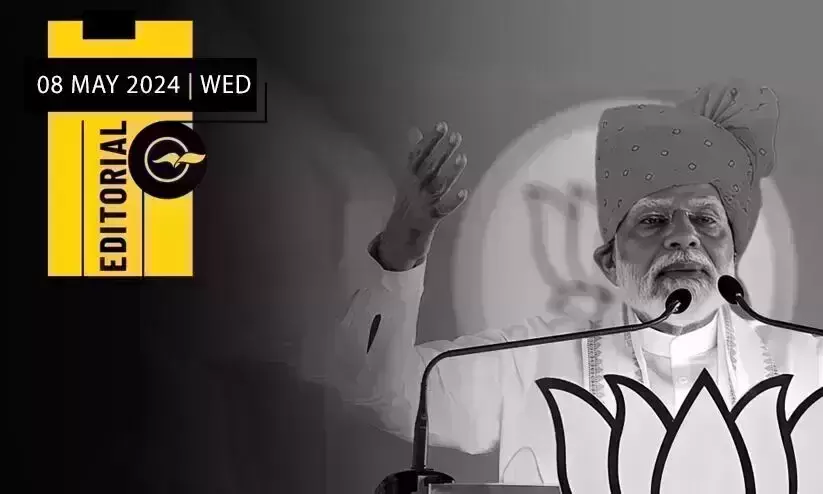
The ado about Sree Narayana Guru Open University
text_fieldsThe instant controversy triggered by the Sree Narayana Guru Open University within hours of its inauguration by chief minister Pinarayi Vijayan on 2 October, may not have surprised many. The simple reason: it is in Kerala where by experience hitherto no single institution in the public sector could be started without somem uproar. What led to the formation of an open university, as explained by Higher Education minister KT Jaleel, is the need for bringing those sections of the population who had no access to formal higher education into the mainstream of education, facilities for continuing education of unemployed youth, skill development of the already employed, and in order to centralise the functioning of distance education currently provided by different universities in the state. Thus by all means the concept and initiative of the government to fulfil an existing and vital need is to be welcomed by and large. That being so, the inauguration of the varsity and announcement of its first vice chancellor's name, by the government about to complete its term, and therefore in a hurry, may be natural. Even as there may be political motives in naming the university after Sree Narayana Guru, no one in Kerala would question the decision about the name as inappropriate. For the Guru one a renaissance leader who had dedicated his life to build a caste-free society. But the supremo of Sree Narayana Dharma Paripalana (SNDP) Yogam founded by the Guru, Vellappally Natesan - also head of the SN Trusts for years now – has not been able to digest the appointment of its first vice chancellor from the Muslim community hailing from Malabar.
Natesan himself has aired his indignation without mincing words. In response, the chief minister has taken the stance that when a centre of higher learning is established in the name of the revered reformer, who had advocated a credo of 'one caste, one religion, one god for man', its top officials cannot be appointed merely based on caste or religion but on qualification and competence. But the take of the SNDP general secretary apparently is that in reality decisions are not taken in line with what those greats had said or taught. Vellappally's stance has hardly met with approval either of most observers who see it as a logic of intolerance towards appointment of an eminent Muslim as VC, when none of the 15 universities in the state has a Muslim at the top. But many forget that this flawed mind-set is not of recent origin in Kerala. Back in 1968, when the second university of Kerala, University of Calicut was formed, and the then education minister CH Mohammed Koya appointed Prof MM Ghani as VC, there were similar notes of discord. The first salvo then was fired by none else than a prominent cultural icon. It would do well for those at the helm now not to be cowed down by such hullabaloo or be tempted to inflate them, but to focus on efforts to make the new varsity overcome its teething troubles and accomplish its mission.
However, the chief minister and the government should not lose sight of the fact that the birth of the new open university has caused concerns and uncertainties among a large section of teachers and students. One issue is the loss of revenue and consequent financial viability, of the existing universities running private registration and distance education courses. As per recent figures available for five years, univerisites of Kerala, Calicut and Kannur have netted a total revenue of Rs 127.9 Crore – with its corollary of the scale of revenue loss they stand to suffer. And it will not be feasible for a fund-starved government to make good this deficit. Nearly half a lakh students get enrolled every year for distance education at degree level in University of Calicut alone, and about 6,000 for post-graduate studies. The corresponding figures of Kannur University in these are 32,000 and 1,500. By no means will the new university have the capability to cater to to this large number of students at this stage. Even if is able to do it by fits and starts, it runs the risk of meeting the same unenviable outcome as of the online learning of Covid times. There are also students' concerns whether the degrees awarded by Open University would be acceptable elsewhere. To be read with this is the plight of about 30,000 teachers working in what has come to be termed as 'parallel colleges' currently numbering 720. The denial of their bread in one go, if that happens through this and allied regulations, will have to be tackled as a humanitarian issue. The most desirable course to take in the light of these factors would be to let the private registration and distance education set-up continue in the universities of Calicut, Kannur and Kerala until they are satisfactory resolved.
























